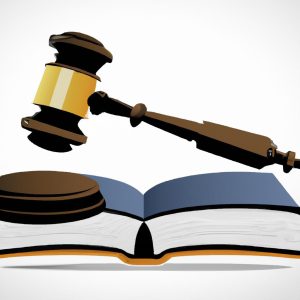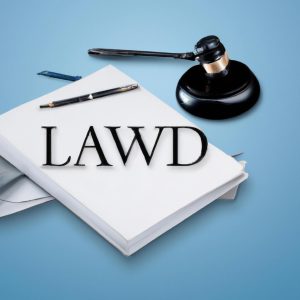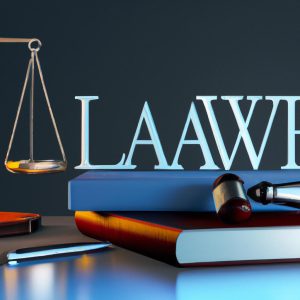The Steps Involved In The Probate Process In New York
Probate is a legal process that occurs after an individual passes away, during which their will is validated, and their estate is distributed according to their wishes. In New York, like many other states, the probate process has specific steps that must be followed meticulously. At Morgan Legal Group in New York City, we understand the complexities of probate and provide guidance to our clients throughout this process. This guide will walk you through the steps involved in the probate process in New York.
Step 1: Locating the Will
The probate process’s first step is locating the decedent’s will. This document outlines their wishes regarding the distribution of their assets and the appointment of an executor. Finding the original will is crucial, as a photocopy or digital version may not be legally valid.
If the decedent had an attorney, they might have left the will with their legal counsel. It’s also common to find the will in a safe deposit box, a home safe, or with a trusted family member. It may be deemed lost if the will cannot be located, and additional legal steps may be required.
Step 2: Filing the Petition
Once the will is located, the next step is to file a petition with the Surrogate’s Court in the county where the decedent resided at the time of their death. The petition, often filed by the nominated executor, requests the court to admit the will to probate. The original will and a certified copy of the death certificate must be submitted along with the petition.
The Surrogate’s Court will review the petition and issue a decree admitting the will to probate if everything is in order. This legal document grants the executor the authority to act on behalf of the estate.
Step 3: Executor’s Duties
With authority granted by the Surrogate’s Court, the executor can begin their duties. These responsibilities include:
- Gathering and inventorying the decedent’s assets
- Notifying creditors and beneficiaries
- Paying outstanding debts and taxes
- Managing estate assets
- Preparing and filing tax returns
- Distributing assets to beneficiaries
The executor must carry out these duties diligently and in accordance with New York law. They are also responsible for keeping meticulous records of all financial transactions related to the estate.
Step 4: Notifying Beneficiaries and Creditors
The executor is required to provide notice to all interested parties, including beneficiaries named in the will and known creditors. This notice serves to inform them of the probate proceedings and their rights in the process. Beneficiaries have the right to contest the will, and creditors have a specific timeframe to submit claims against the estate.
Step 5: Settling Debts and Taxes
During the probate process, the executor must settle all outstanding debts and taxes. This includes paying any outstanding bills, loans, and income taxes the decedent or the estate owes. Additionally, estate taxes may be due depending on the size of the estate, and the executor is responsible for addressing this obligation.
Step 6: Distributing Assets
Once all debts, taxes, and expenses have been addressed, the executor can proceed with the distribution of the estate assets to the beneficiaries named in the will. This distribution should align with the decedent’s wishes as outlined in the will.
If there is no valid will or if the will is successfully contested, New York’s intestacy laws will determine how the estate assets are distributed. The court will appoint an administrator to oversee the process in such cases.
Step 7: Closing the Estate
After all duties have been fulfilled, including the distribution of assets and the settlement of debts and taxes, the executor can petition the court to close the estate. If satisfied, the court will review the executor’s actions and issue a decree formally closing the probate proceedings.
It’s important to note that the probate process in New York can vary in duration depending on the complexity of the estate, any legal challenges, and court scheduling. Executors and beneficiaries should be prepared for this process to take several months to a year or longer potentially.
Conclusion
The probate process in New York is a legal procedure that ensures the orderly distribution of a decedent’s assets. Executors play a vital role in managing this process; beneficiaries rely on it to receive their inheritances. Understanding the steps involved in probate can help streamline the process and reduce complications.
If you require assistance with probate in New York City or have questions about the probate process, contact Morgan Legal Group. Our experienced probate attorneys are here to provide guidance and support throughout the probate process.





